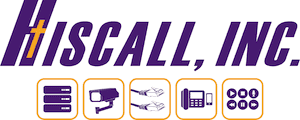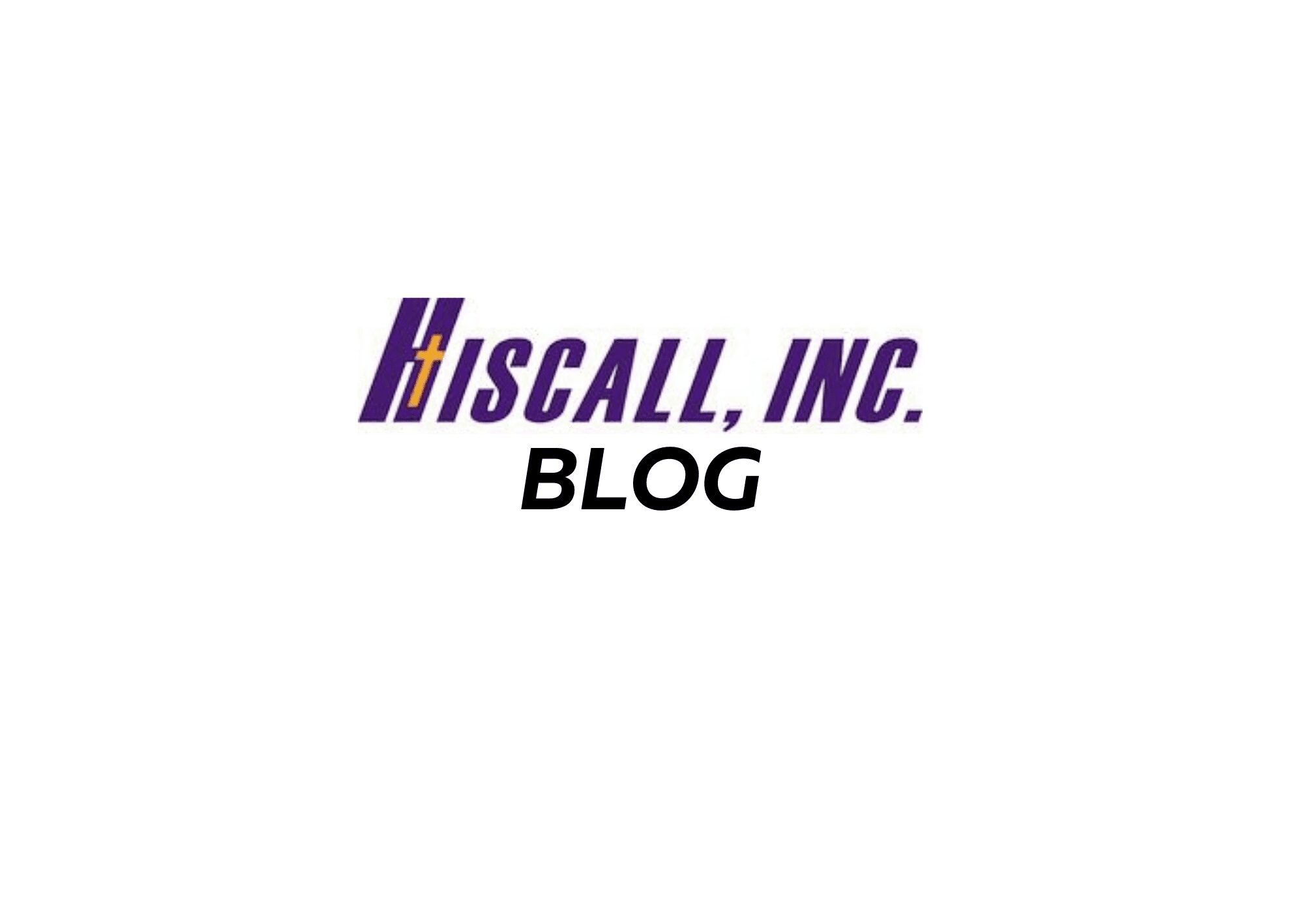By: Chuck Culwell
An uninterruptible power system (UPS) is the central component of any well-designed power protection architecture. A UPS provides power conditioning and backup power when utility power fails. I recently encountered a power event at my house. A power hit came in through my house’s electrical infrastructure and created havoc with my home network. The electrical current damaged several components resulting in down time and expense to replace a modem, router, and TV. I took this opportunity to review my home’s power protection and replaced outdated surge protectors (they do have a life span) and a new Eaton UPS. I also considered Eaton whole house suppression, but that will be another project.
Budgeting for electricity, securing adequate supplies of electricity, and finding ways to use less electricity are common topics when planning your data center. When considering power to your IT resources, you want dependable and clean electricity. Power sags, surges, and outages are unavoidable and capable of damaging valuable electronics and IT equipment. Planning and deploying a robust power protection solution is paramount. Your business cannot afford to leave the IT assets unprotected from power problems that can leave your equipment unavailable during an outage or damaged electronics resulting in costly replacements. A UPS provides conditioning and backup power when utility power fails. A UPS also conditions incoming power so that sags and surges do not damage sensitive electronic gear.
UPSs come in three major topologies: single-conversion, double-conversion, and multi-mode systems. Most UPS systems below 5000VA used in IT applications today are line-interactive or double-conversion systems.
- Single-conversion systems provide utility AC power to IT equipment until there is a power failure. If the power fails, the UPS disconnects the AC input supply and provides power from its batteries to the IT equipment. The two most popular single-conversion designs are standby and line-interactive. Each of these designs allows IT equipment to run on utility power until the UPS detects a problem. A line-interactive UPS conditions and regulates the AC power from the utility, generally using only one main power converter. It regulates input utility voltage up or down as necessary before supplying it to the protected equipment.
- Double-conversion UPSs first convert input AC power to DC power and feeds it to an output inverter. The output inverter then processes the power back to AC before sending it to your IT equipment. This double-conversion process provides clean and reliable electricity by isolating critical loads from raw utility power. If the AC input supply fails, the input rectifier shuts off and the output inverter draws power from the battery instead.
- Multi-mode UPSs provide efficient power by combining features of both single- and double-conversion technologies. Under normal conditions, multi-mode systems run in a highly efficient energy saver mode. When a problem occurs, they automatically transition back to double conversion mode. When the power quality returns to acceptable levels, the UPS transitions back to energy saver mode.
Before making any decision about UPS topology, it is important to understand the requirements of the equipment to be protected and the environment in which the UPS will be installed, to ensure you get the right UPS for your needs. Knowing these basic requirements will help you make an informed decision on the UPS topology that will best serve the application.



